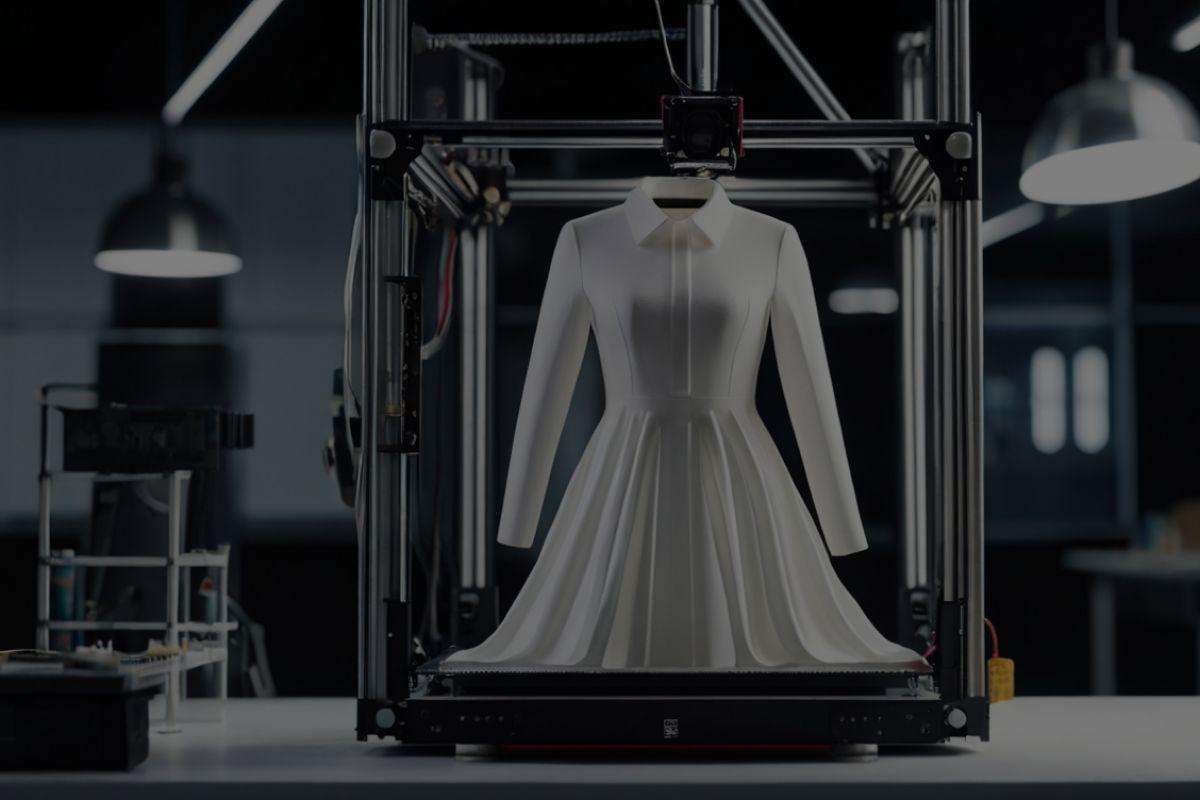
1.The Impact of 3D Clothing Design
2. Revolutionizing Fashion Production
3.The Future of 3D Clothing

Section 1



1.The Impact of 3D Clothing Design
2. Revolutionizing Fashion Production
3.The Future of 3D Clothing



By utilizing precise measurements and materials, 3D clothing minimizes fabric waste, contributing to sustainable and eco-friendly fashion practices. 01 02 03
3D clothing design enables personalized and tailored garments, allowing individuals to express their unique style and preferences.


The technology opens doors for inclusive sizing and adaptive clothing, catering to diverse body types and accessibility needs.


3D clothing design software streamlines the prototyping phase, reducing the time required to bring new designs from concept to production.

Designers can simulate garment fit and performance digitally, ensuring comfort, mobility, and aesthetic appeal before physical production.

The digital environment allows for rapid iterations and modifications, fostering innovation and creativity in fashion design.
3D clothing technology enhances the online shopping experience, offering virtual try-on features and immersive product visualization.

Consumers can engage in the design process, customizing their apparel and participating in the creation of unique, personalized fashion items.


Through digital representation, brands can showcase the intricacies of their designs, materials, and craftsmanship, fostering transparency and trust.


3D clothing production facilitates on-demand and localized manufacturing, reducing the need for extensive inventory and long lead times.

The technology minimizes shipping and transportation requirements, optimizing the supply chain and reducing the carbon footprint of fashion distribution.

3D printing allows for the use of innovative, sustainable materials, contributing to the evolution of eco-conscious fashion production.


Designers and manufacturers can collaborate seamlessly across geographical boundaries, fostering international creativity and diverse design influences.

3D clothing production encourages experimentation with unconventional materials, leading to the development of novel, avant-garde fashion concepts.

The technology enables the preservation and modernization of traditional craftsmanship, merging heritage techniques with cutting-edge production methods.
01

3D clothing introduces new business paradigms, challenging traditional retail and paving the way for direct-to-consumer and digitally native fashion brands.

02
03
Emerging designers and small-scale fashion entrepreneurs gain access to cost-effective production methods, fostering innovation and diversity in the fashion market.

The shift towards 3D clothing democratizes fashion, empowering individuals to engage in the creation and consumption of unique, ethically produced garments.


The convergence of 3D clothing and wearable technology opens avenues for smart, functional garments that enhance daily living and performance.

Ongoing research focuses on sustainable, biodegradable 3D printing materials, aligning with the global push for circular and regenerative fashion systems.

Artificial intelligence augments 3D clothing design, enabling predictive modeling, trend analysis, and adaptive garment creation based on user preferences.


3D clothing promotes diversity and inclusivity, challenging conventional beauty standards and fostering representation of marginalized communities.

The technology facilitates the preservation and reinterpretation of traditional attire, safeguarding cultural heritage and promoting cross-cultural exchange.

3D clothing integration in fashion education reshapes curricula, preparing future designers for innovative, technology-driven fashion landscapes.
3D clothing contributes to the circular economy by promoting design for disassembly, recycling, and the reduction of fashion's environmental footprint.

Advancements in sustainable 3D printing processes aim to achieve carbon-neutral or carbon-negative fashion production, mitigating ecological impact.


The evolution of 3D clothing fosters consumer awareness and responsibility, encouraging mindful consumption and support for sustainable fashion practices.
